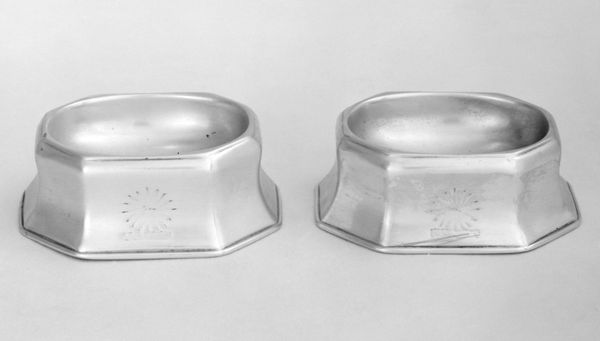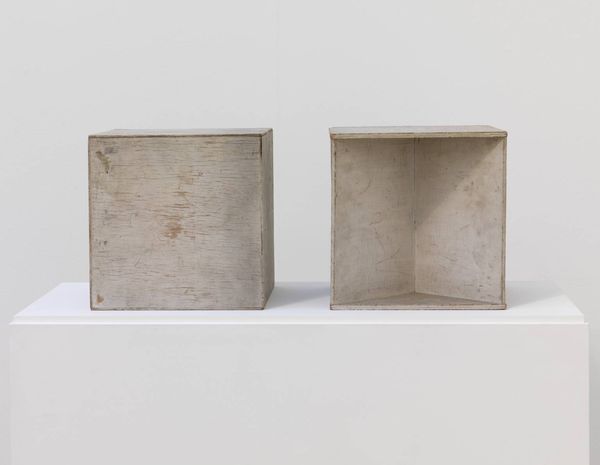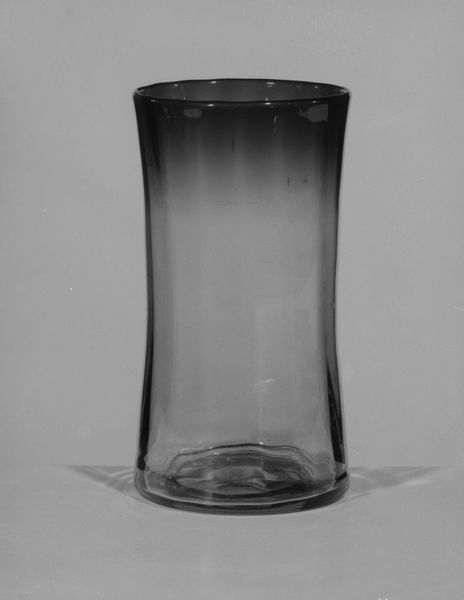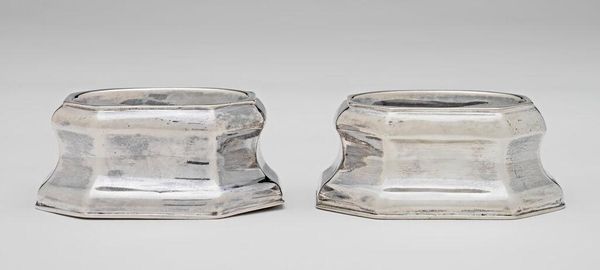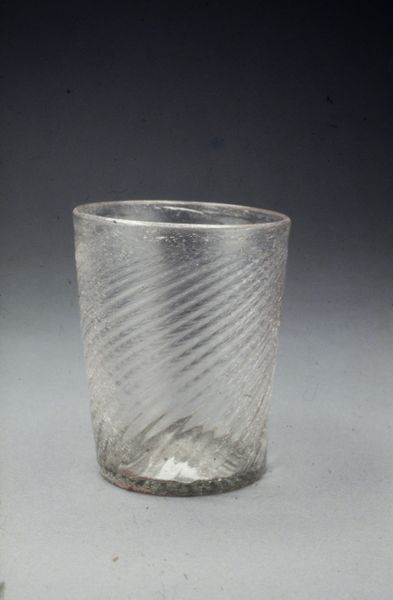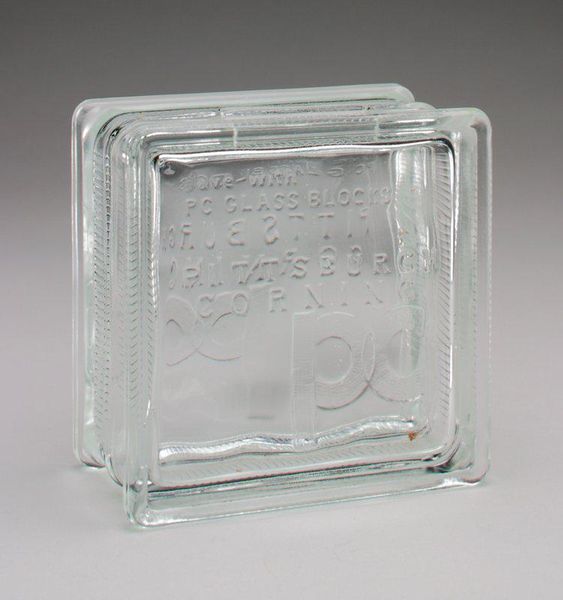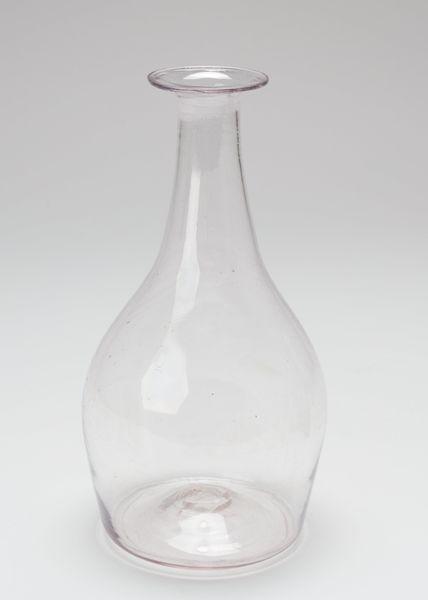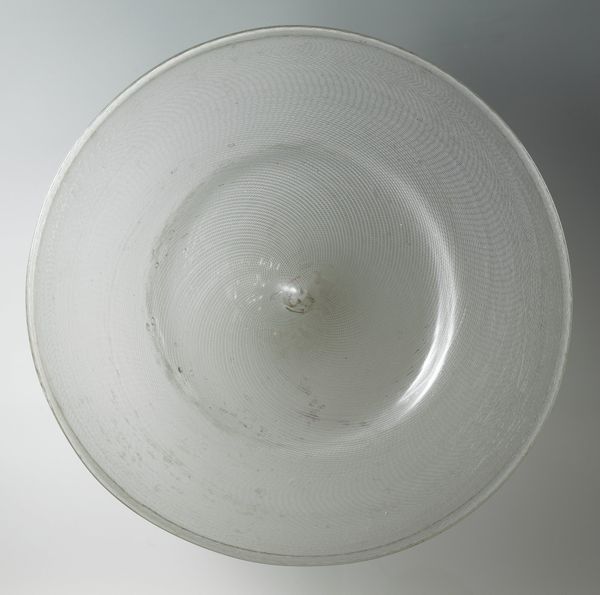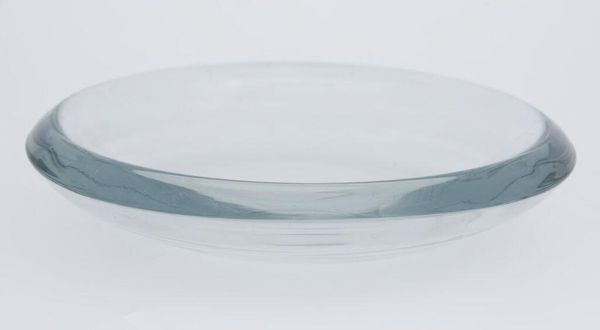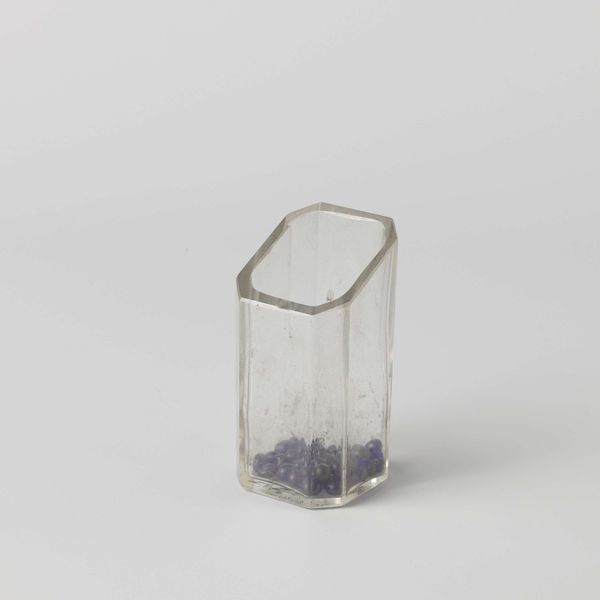
#
geometric
#
abstraction
Dimensions: (1) height 24.8 cm, (1) width 17.5 cm, (1) depth 3.5 cm, (2) height 17.5 cm, (2) width 17.5 cm, (2) depth 3.2 cm
Copyright: Rijks Museum: Open Domain
Curator: I’m fascinated by this object simply titled "Two Portlights," dating back to 1832, artist unknown. They appear to be made from cut glass. What strikes you about it? Editor: They feel so modern, almost minimalist, and yet there's a tangible history embedded in their aged surfaces. I'm immediately curious about how they were crafted, and what that process entailed back in 1832. Curator: Indeed. Thinking about the date, 1832, this object intersects with complex histories. What stories might these humble rectangular solids tell? Considering glass as a symbol of transparency but also fragility, what are your thoughts? Editor: I see the labor involved – the grinding, the shaping, the slow, painstaking effort to produce objects with perfect, clean edges. What was the source of the materials? Where was it crafted? Was the craftsman paid well? These forms evoke simplicity now, but then these would have required sophisticated production and resources. Curator: Interesting point, to consider its value and implications during the era it was produced. And this makes me consider other power dynamics: were these commissioned for a specific project, perhaps architecture or a ship building commission? Who had access to objects crafted with such labor-intensive methods? Editor: It certainly raises questions about industrial beginnings and consumption in society at the time. And to bring us back to materiality, were these created in molds, or by hand? Is the size the result of standardized processes or something unique about these shapes and this moment in material production? Curator: I think our assumptions and understandings about even something seemingly "simple," when situated within intersecting identity narratives – class, labor, access – allow us a much deeper understanding about the piece itself but the culture from which it comes. Editor: Definitely. Thinking about these from a materialist perspective emphasizes how social power, artistic value, and the act of creation are really woven together. I'm off to read more on 19th century glass work now. Curator: And I find myself considering these rectangles as stand-ins for the individuals both known and unknown whose labor enabled their creation, so that even what appears at first as formalist, non-representational geometric forms can provide complex narrative insights into the past.
Comments
No comments
Be the first to comment and join the conversation on the ultimate creative platform.
